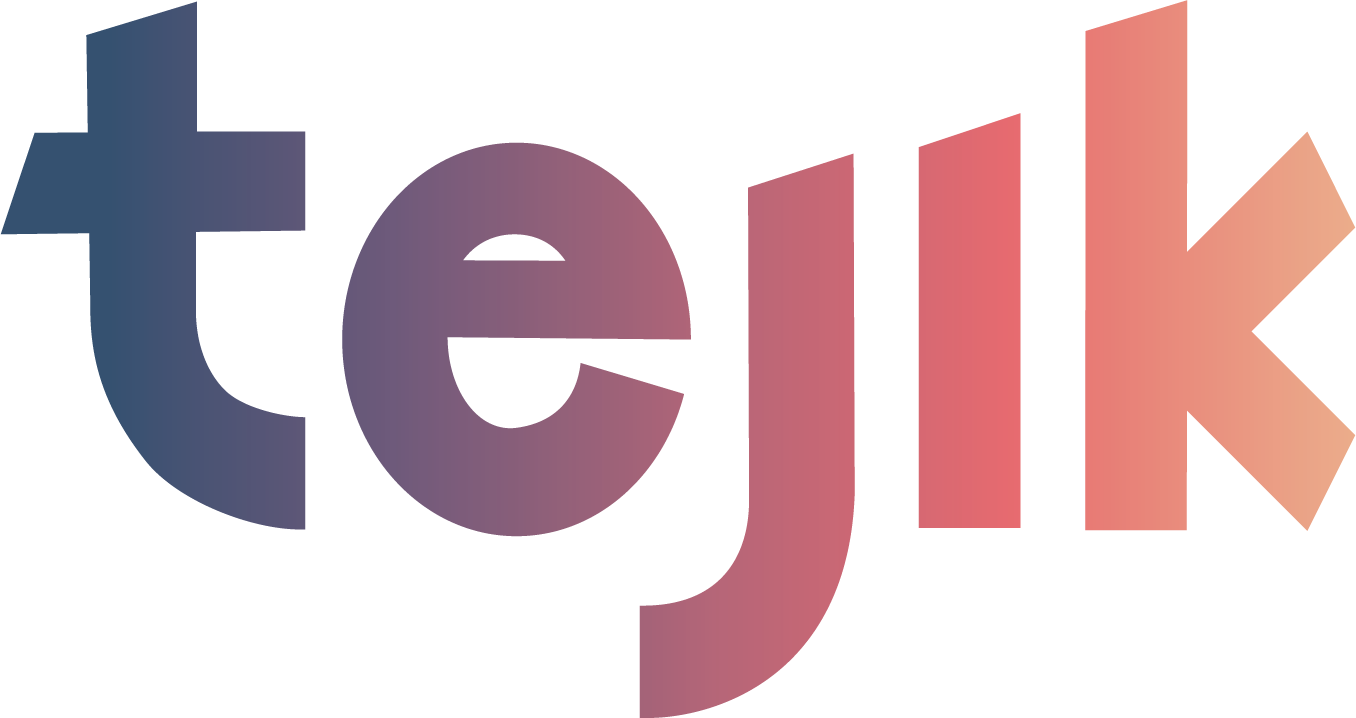What Are Statuses and Why Are They Important?
Statuses in Tejik represent the distinct stages or states that a campaign or content piece can be in. They visually indicate where your content stands in the planning and execution process. Statuses play a crucial role in efficient progress tracking and ensuring seamless collaboration among team members.
How to Access & Manage Statuses?
To access and manage statuses in Tejik, follow these steps:
- Open the Tejik app.
- Click on the Settings button in the left-hand menu.
- Navigate to the Workspace Settings section.
- Click the Campaign Statuses button at the bottom of the page.
- Edit the Default Status Template or create a new one using + Add Status Template button.
Editing a Status Template?
You can modify both the Default Status Template and any custom templates you’ve added. To edit a status template, use these steps:
- Rename the status by selecting its title.
- Add or remove platforms by selecting the platform icon area.
- Click the Edit icon to manage statuses within the template:
- Add a new status with the “+ Add Status” button.
- Remove a status using the trash icon.
- Adjust color, title, approval requirement, and assisted user settings.
- Rearrange statuses by drag-and-drop.
Creating a New Status Template?
- Click the “+ Add Status Template” button.
- Provide a name for the new template.
- Select the platforms for the template.
- Click “Create.”
- Note: A platform can be used only once in a template, though multiple platforms can be used within a template.
Creating a New Status?
- Click the Edit icon on the desired status template.
- Select “+ Add Status.”
- Name the status (e.g., “Review,” “Scheduled”).
- Choose a color code for easy identification.
- Assign a user to the status.
- Check the “needs approval” box if required.
- Save the new status.
- Arrange the order of statuses using drag-and-drop.
How Do Statuses Work?
Statuses help organize and categorize your campaigns and content. Each status corresponds to a specific content creation stage. For instance, you could have statuses like “Keyword Research,” “Writing Post,” “Editing,” and “Published.” Adjust the status as content progresses.
Assigning Users to Specific Statuses
Tejik enables you to assign team members to each status, promoting accountability across content creation stages.
Effective Use of Statuses
- Use descriptive status names.
- Encourage consistent status usage within your team.
- Periodically review and align statuses with your workflow.
Setting Up Workflow Using Statuses
Map out your content creation workflow using statuses to visualize your progress. For example, start with “Outline,” move to “Write,” “Edit Media,” and conclude with “Published.” This structured approach prevents content gaps.
